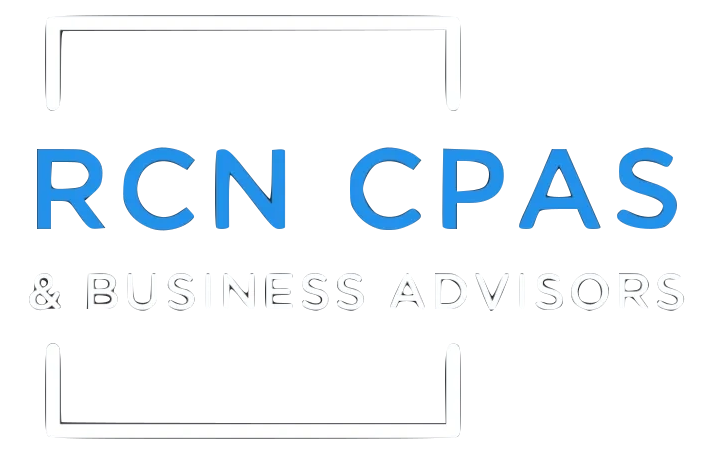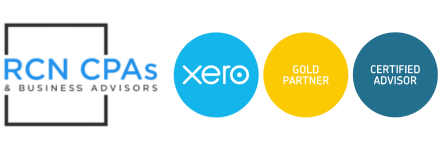Tax Planning Strategies to Tackle Before Year-End

As the year winds down, most medical and small business owners are wrapping up patient visits, finalizing payroll, and trying to squeeze in a little time for rest before the holidays. But here’s the thing—the final weeks of the year can make or break your financial outcome
What you do right now—before December 31st—can determine how much you owe in taxes and how much cash you’ll have to reinvest when January rolls around.
Think of it this way: year-end tax planning isn’t just about “saving money on taxes.” It’s about freeing up cash flow, keeping more of what you earn, and starting the new year with financial confidence instead of surprise tax bills.
Why Year-End Planning Matters More Than You Think
It’s easy to glance at your profit and think, “We had a great year.” But profit doesn’t tell the whole story.
You could look profitable on paper, yet still struggle to cover payroll or taxes because your cash is tied up in equipment, unpaid invoices, or late insurance reimbursements.
This time of year, many practice owners are:
- Paying staff bonuses and vendor bills
- Debating whether to buy new equipment now or wait
- Trying to estimate tax payments with limited cash on hand
The goal isn’t just to lower taxes—it’s to make sure your tax strategy and cash flow are working together. That’s how you stay liquid, stable, and ready for growth.
Where Practice Owners Lose Money Without Realizing It
1. Poor Timing and Cash-Flow Strain
Many practices make large purchases in December—new chairs, diagnostic tools, or renovations—to capture deductions. While these are great for tax savings, mistiming them can create a cash crunch.
Insurance payments often lag into January, meaning you’re spending before that money actually hits your account. Without a clear forecast, it’s easy to run into short-term liquidity problems—forcing you to borrow or delay key payments.
2. Missing Out on Hidden Deductions
Every year, small business owners leave thousands on the table by overlooking deductions they qualify for.
Some of the most overlooked deductions include:
- Retirement plan contributions (SEP-IRA, 401(k), or cash balance plans)
- Health Savings Accounts (HSAs) for owners and employees
- Bonus depreciation or Section 179 deductions for equipment and technology purchases
Each of these reduces your taxable income and helps preserve cash.
3. Ignoring Long-Term Strategy
Tax planning isn’t just a December activity—it’s a business growth tool. How you handle income, expenses, and assets now shapes your long-term wealth, practice valuation, and even how ready you are for an eventual exit.
Smart Year-End Moves That Can Save You Thousands
1. Max Out Retirement Contributions
One of the simplest, most effective ways to reduce taxable income is to contribute to retirement plans like a 401(k), SEP-IRA, or cash balance plan.
For example, a physician who contributes $50,000 to a cash balance plan could reduce their taxable income by the same amount—while building long-term wealth.
2. Accelerate Deductible Expenses (But Be Strategic)
Yes, you can prepay certain expenses or buy needed equipment now to capture deductions this year—but do it wisely.
Example:
A dental practice purchased a digital X-ray system in December, deducted the full amount under Section 179, and still maintained a healthy cash reserve for three months.
That’s smart tax planning—not just spending for the sake of deductions.
3. Review Your Compensation and Distributions
If you operate as an S-Corp, make sure your salary is reasonable for your role (to avoid IRS red flags). Then, balance your income between salary and distributions to minimize payroll taxes.
Example:
A clinic owner pays herself a standard salary, then takes additional profits as distributions—legally reducing payroll tax liability and improving cash flow.
4. Don’t Forget HSAs and Charitable Giving
If you have a High-Deductible Health Plan, contributing to a Health Savings Account (HSA) is one of the few triple-tax-advantaged moves left:
- Contributions are tax-deductible
- Growth is tax-free
- Withdrawals for qualified expenses are tax-free
You can also reduce taxable income through charitable giving—especially by donating appreciated stock or using a donor-advised fund (DAF).
5. Tighten Up Receivables, Inventory, and Vendor Contracts
Cash flow isn’t just about what you earn—it’s about how fast you collect it.
- Review outstanding invoices and follow up before year-end.
- Write off expired or unused inventory.
- Negotiate early-payment discounts with vendors.
Every dollar you recover or save improves your liquidity heading into Q1.
6. Create a Year-End Action Checklist
Avoid the last-minute scramble by mapping out your December priorities:
✅ Retirement contributions
✅ Expense and equipment review
✅ Bonus and payroll adjustments
✅ Vendor contract renewal
✅ Cash-flow forecast
✅ Receivables audit
A clear plan now means fewer financial fires later.
Year-end planning isn’t about doing more work—it’s about being intentional with what you’ve already earned so you can step into the new year with confidence and control.
We help practices uncover hidden tax-saving opportunities, strengthen their year-end strategy, and build a more resilient financial future. Don’t wait until tax season to discover what you could have saved — reach out today and make every move before the year ends count.





